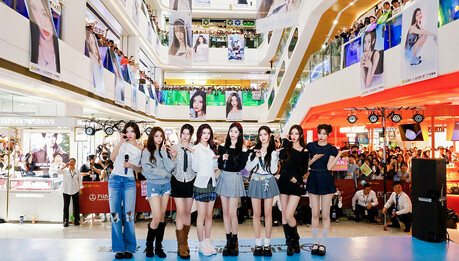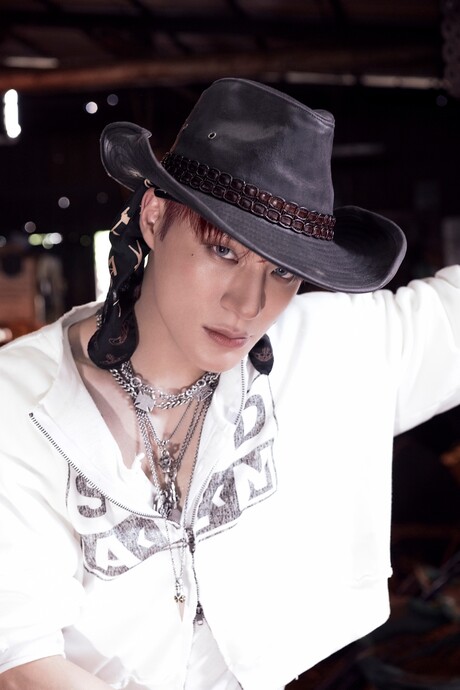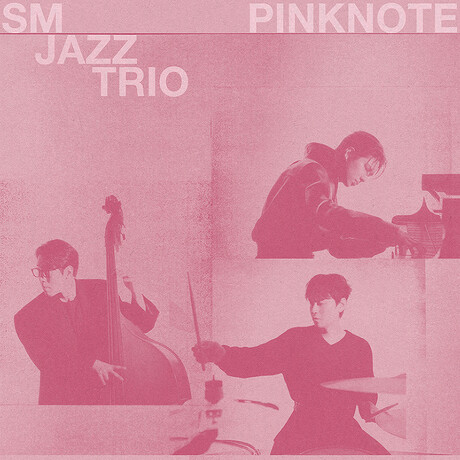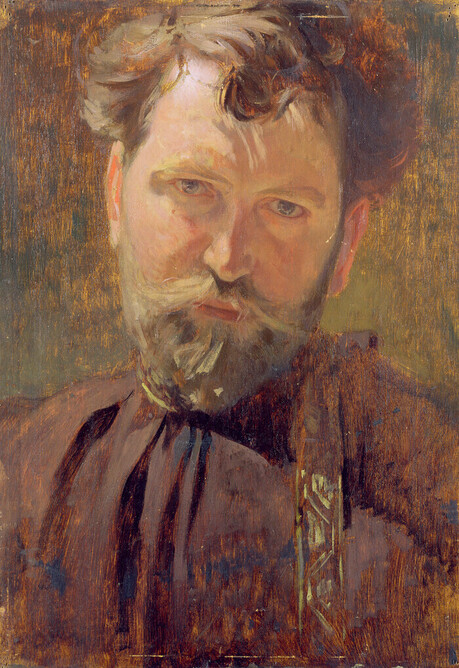Mumbai stands as home to what experts believe is the world's largest documented collection of Art Deco buildings, marking a century since the glamorous architectural style first emerged at a landmark exhibition in Paris in 1925. The distinctive building style, which evokes images of neon-lit jazz bars and Hollywood's golden age, has left an indelible mark on India's financial capital, with over 1,500 documented structures representing this influential design movement.
The Art Deco aesthetic exploded onto the international scene a hundred years ago and rapidly spread across the globe, from the famous pastel hotel facades of Miami's South Beach to the sprawling necklace of mansion apartments along Mumbai's Marine Drive seafront. The style's distinct motifs include geometrical ziggurats (step towers), sweeping curves, sunburst designs, nautical elements, and circular or turreted rooftops, all symbolizing an unequivocal break from the past and celebrating the dawn of a new, modern 20th-century age.
"It represented hope, optimism and speed, coinciding with the emergence of the motor car and also concrete as a building material, which when compared with stone, could be worked with in a tenth of the time and fifth of the cost," explained Atul Kumar, founder of the Art Deco Mumbai Trust and curator of a new exhibition conceptualized by the Art Deco Alive festival. "It was not elaborate like Victorian Gothic design that preceded it, and came with a classicism and simplicity that has survived the test of time."
The style transcended architecture to influence design sensibilities across multiple disciplines, including home interiors, furniture, fonts, jewelry, and some of the world's most iconic cinema halls. Notable examples include Radio City Music Hall in New York City and Mumbai's legendary Regal, Liberty, and Eros cinemas, which captured the glamour of early 20th-century films with their dim, opulent interiors.
What made Mumbai's relationship with Art Deco particularly fascinating was how the city embraced its characteristics in a truly comprehensive manner. Like Miami, the style emerged during a period of economic transformation, fueled by the city's modern, mercantile port-city energy. However, unlike Miami where Art Deco "arrived as a projection of leisure or spectacle," in Mumbai the "style resonated across various building typologies, including schools, cinemas, bungalows, petrol stations and banks," Kumar noted.
The architectural movement was brought to Mumbai during the colonial period by India's first generation of homegrown architects. Pivotal figures like Chimanlal Master, Laxman Vishnu Sathe, and Gopalji Mulji Bhuta integrated Art Deco into their designs after returning home with degrees from the Royal Institute of British Architects in London. "They were suddenly exposed to new European sensibilities and wanted to bring them back to their country, which was deeply colonized by the imposition of Victorian buildings," Kumar explained.
These pioneering architects adapted and vernacularized Art Deco, incorporating native design patterns and drawing inspiration from diverse local elements, including ocean liners docked at Mumbai's ports and lattice screens typical of Mughal architecture. Examples like the lattice balcony screens on Mumbai bungalows and the grand Art Deco foyers featuring polished woods and elegant stones like granite and marble demonstrate this unique fusion of international style with local sensibilities.
The British colonial authorities were initially dismissive of Art Deco, calling it "lesser architecture," but were presumably threatened by its emergence, as it signaled the dawn of a new age and new identities that were shaping India's public spaces. Over time, South Mumbai's skyline became a rich confluence of Indo-Saracenic, Gothic, and Art Deco buildings, with Marine Drive seafront alone featuring more than 30 Art Deco structures.
Today, Mumbai faces new challenges as rapid urban development threatens its Art Deco heritage. The city's building codes are increasingly governed by real estate developers trying to maximize floor space index, leading to utilitarian rather than stylistic considerations. Dozens of Art Deco buildings have been demolished to make way for glass and steel facades, with hundreds more under threat of destruction.
Despite Kumar's documentation of over 1,500 buildings that truly represent the Art Deco style, only approximately 70 of these structures are officially protected. With authorities showing apathy toward preservation efforts, the Art Deco Mumbai Trust is engaging directly with property owners, offering pro-bono repair and restoration consultancies to prevent them from selling their properties to builders for redevelopment. "The response has been positive as people have seen the value of their real estate go up after the renovations," Kumar reported.
Contemporary efforts to preserve the Art Deco legacy extend beyond building preservation. Architect and designer Nidhi Tekwani is reimagining Art Deco objects and adapting them for modern contexts. Since original Art Deco furniture was often bulky, with light fittings designed for high ceilings and elaborate dressing tables unsuitable for today's compact apartments, Tekwani aims to design and launch products that are sleeker while preserving core Art Deco principles.
"The hope is to translate it to something modern and well-fitting of our current lifestyle requirements," Tekwani said of her efforts to keep Art Deco a living tradition in a city that's constantly reinventing itself. Her work represents a broader movement to ensure that Mumbai's Art Deco heritage remains relevant and accessible to contemporary residents, bridging the gap between historical preservation and modern functionality as the city continues its rapid transformation.

































